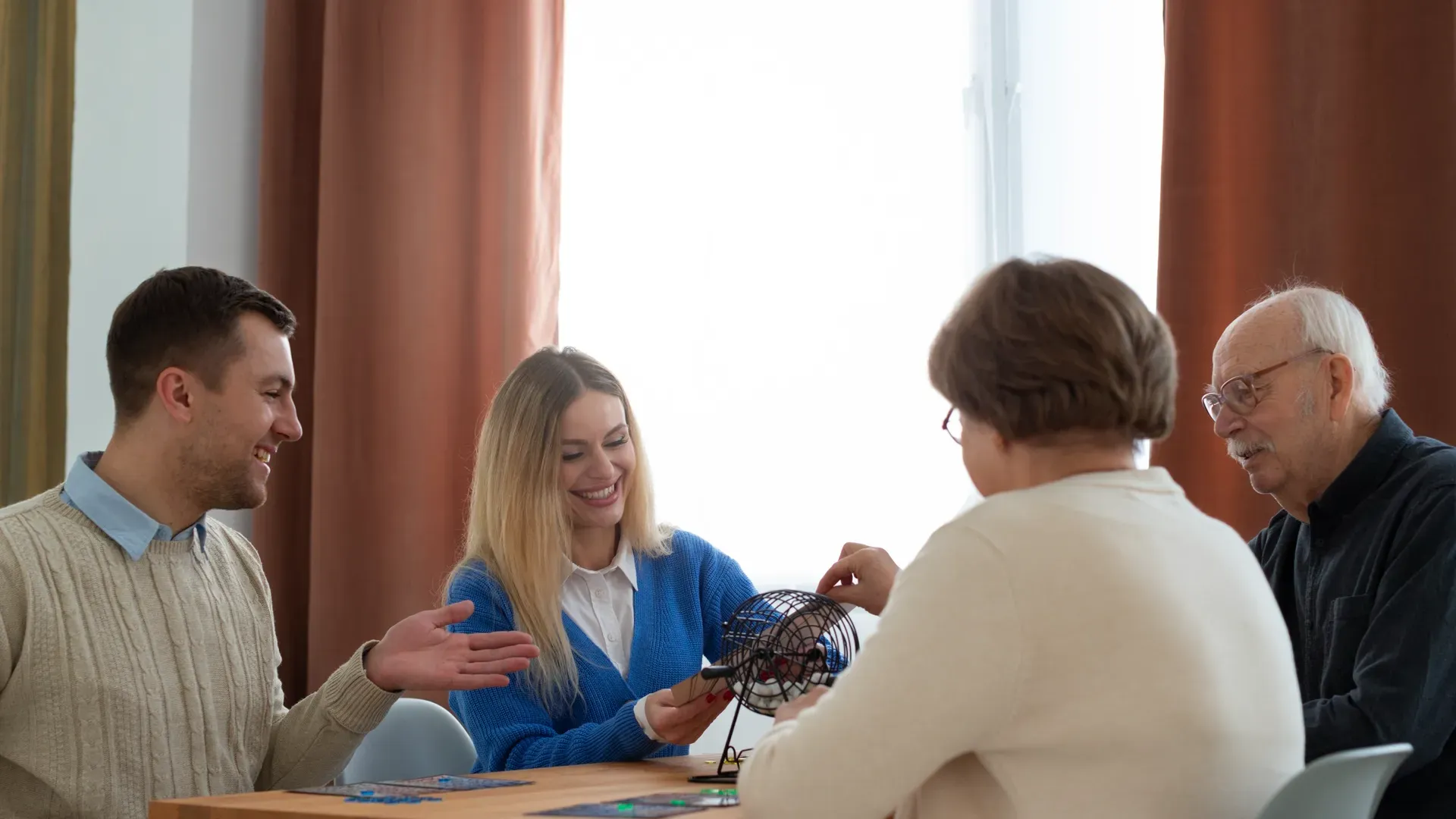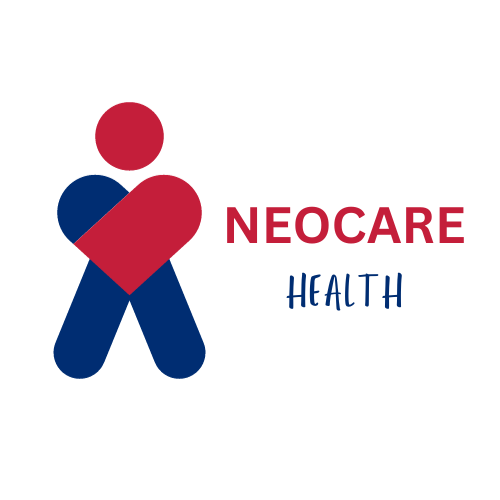Understanding the Unique Needs of Seniors: Tailoring Care Plans at Neocare Health
In today’s ageing society, the demand for nursing services for aged care that encompass comprehensive care and support has never been more critical. As we at Neocare Health delve into the unique requirements of our senior population, it becomes clear that a one-size-fits-all approach is far from effective. Personalised care for seniors is not just a preference; it’s a necessity. Understanding and catering to the individual needs of our elders can profoundly impact their quality of life, ensuring they receive the dignity, respect, and quality of care they rightfully deserve.
In this article, we explore the essential aspects of tailoring care plans for the senior community. Our discussion will range from understanding the importance of individualised care to outlining the key components of a senior care plan, and the steps to tailor a care plan to suit the unique needs of each senior. Additionally, we will highlight the benefits of a personalised senior care plan, demonstrating how customised nursing services for aged care can promote better health outcomes, enhanced safety, and increased satisfaction for both seniors and their families.
Understanding the Importance of Individualised Care for Seniors
Individualised Care Plans in Home Settings
- Creation and Adjustment: In my experience working in a nursing home, individualised care plans were crucial not only in institutional settings but also at home. These plans are meticulously crafted and frequently revised, often incorporating feedback from the senior's family, to ensure they are as effective as possible.
- Preventing Health Issues: One of the primary benefits of having an individualised care plan at home is the significant reduction in the risk of illnesses and accidents. These plans meticulously address potential hazards like infection risks and fall probabilities, alongside managing the complexities of medication dosages and interactions.
- Maintaining Independence: Individualised care plans are instrumental in helping seniors maintain optimal functionality within their capabilities. Regular activities such as physical therapy are included to enhance strength, which can prolong independence and possibly delay the transition to more intensive care environments like nursing homes.
- Cognitive and Social Activities: It's not just about physical health; cognitive and social engagements are also a critical component of these plans. Activities like memory games and social interactions are structured into the daily routine, helping to keep the mind sharp and the spirit engaged.
- Emotional Well-being: The involvement of seniors in the planning process can significantly boost their morale and mental outlook. Having a say in their care instills a sense of control and participation, which is crucial for their emotional well-being.
- Collaborative Efforts: To formulate these plans, a comprehensive team including health aides, nurses, social workers, and family members is essential. These teams can convene through various means, such as in-person meetings or digital conferences, ensuring all caregivers are aligned on the care objectives and methods.
- Urgency and Importance: Delaying the creation of a personalised care plan can jeopardise the safety and health of the elderly. Starting this process early can ensure that all measures are in place to provide a secure, comfortable, and healthy environment for seniors.
Key Components of a Senior Care Plan
Assessment and Evaluation
- Comprehensive Geriatric Assessment (CGA): This involves a multidimensional and interdisciplinary diagnostic process to determine the medical, psychological, and functional capabilities of a frail elderly person. This assessment helps in crafting a coordinated and integrated plan for treatment and long-term follow-up.
- Health and Safety Evaluations: Assessments also focus on identifying any risks to the consumer's safety, health, and well-being. These evaluations are crucial for planning care that ensures the highest safety and health standards.
Personal Goals and Preferences
- Identifying Personal Goals: Understanding the personal goals and aspirations of seniors is vital. This may include physical, emotional, or cognitive milestones they wish to achieve.
- Preference-Based Care Planning: Using tools like the Preferences for Everyday Living Inventory (PELI) helps in personalizing care to align with the individual's likes, dislikes, and lifestyle choices, enhancing their autonomy and quality of life.
Types of Services Provided
- Tailored Health Services: Services are designed to meet the unique needs of each senior, from in-home care to skilled nursing and everything in between.
- Adaptive Services: Care plans include flexible services that can be adjusted as the senior's needs change over time, ensuring that the care remains appropriate and effective.
Involvement of Family and Caregivers
- Family Engagement: Family members play a crucial role in the care plan by providing insights into the senior’s preferences and medical history, which aids in personalising the care provided.
- Educational Support for Caregivers: Offering training and resources to family caregivers ensures they are well-prepared and confident in their roles, enhancing the care recipient's safety and the caregiver's effectiveness.
Steps to Tailor a Care Plan for Seniors
Conducting the Initial Assessment
- Comprehensive Evaluation: The first step involves a detailed assessment covering the senior's medical history, current medication, and overall physical and cognitive abilities. This initial evaluation helps us understand the unique needs and conditions of the individual, ensuring that the care plan we develop is tailored precisely to them.
- Home and Safety Review: We also assess the senior's living environment to identify any potential safety hazards and ensure their home supports their independence and well-being. This includes evaluating their ability to perform daily and instrumental activities of living.
- Personal Preferences and Goals: It's crucial to consider the senior's personal aspirations and lifestyle preferences. This step involves discussions with the senior and their family to align the care plan with their personal goals and ensure it enhances their quality of life.
Developing a Personalised Care Plan
- Setting Clear Objectives: Based on the initial assessment, we establish specific, achievable goals tailored to the senior's needs and preferences. These objectives are set with the input of all involved parties, ensuring they are meaningful and agreed upon.
- Collaborative Planning: The care plan is developed as a collaborative effort involving healthcare professionals, the senior, and their family. This approach ensures that everyone's insights and preferences are considered, making the plan comprehensive and person-centred.
- Documentation and Clarity: Every aspect of the care plan, from treatment preferences to the roles of different caregivers, is clearly documented. This transparency helps maintain consistency in care delivery and ensures that everyone involved understands their responsibilities.
Regularly Reviewing and Adjusting the Plan
- Ongoing Monitoring: The care plan is not static; it requires regular reviews to ensure it remains relevant as the senior's needs evolve. This might involve adjusting the services provided, the frequency of care, or even the goals set initially.
- Feedback Integration: Regular feedback from the senior, their family, and caregivers is crucial. This feedback is used to refine the care plan, making necessary adjustments to better meet the senior's needs and enhance their well-being.
- Formal Reassessments: Scheduled reassessments are essential to track the progress towards the set goals and make any necessary changes. These reassessments help in responding effectively to any changes in the senior's health status or personal preferences.
Benefits of a Personalised Senior Care Plan
Improved Quality of Life
- Emotional and Social Well-being: Personalised care plans significantly enhance the emotional and social aspects of seniors' lives by incorporating activities that align with their interests and hobbies, such as reading, engaging in hobbies, or having meaningful conversations. This holistic approach not only supports physical health but also contributes to mental and emotional well-being.
- Independence and Autonomy: In-home care services tailored to individual needs allow seniors to maintain a higher degree of independence and make personal choices about their daily routines, meal options, and leisure activities, fostering a sense of empowerment and self-worth.
Enhanced Safety and Health
- Targeted Health Support: Personalised care plans provide targeted support for managing chronic conditions, recuperating from surgeries, or handling age-related ailments, ensuring that each senior receives the specific care interventions required for optimal health.
- Preventive Measures: By focusing on the specific needs of seniors, personalised plans can prevent potential health issues through regular health monitoring and adjusting care provisions to reduce risks such as falls or medication errors.
Peace of Mind for Families
- Family Involvement and Support: Family members play an integral role in the care process, providing insights that help tailor the care to the senior’s preferences. This involvement not only helps in personalising the care but also gives family members peace of mind, knowing that their loved ones are receiving care that respects their dignity and individuality.
- Continuous Communication: Regular and open communication facilitated by personalised care plans helps ensure that all parties—caregivers, families, and seniors—are on the same page, which enhances the coordination and continuity of care and builds trust among everyone involved.
Cost-Effective Care Solutions
- Efficient Resource Use: By focusing care specifically where it is needed, personalised care plans ensure efficient use of time and resources, which can lead to cost savings over time compared to more generic care approaches.
- Avoiding Unnecessary Expenses: In-home care often proves to be more cost-effective than institutional care options. Personalised care plans can be adjusted to provide necessary support without the high costs associated with nursing homes or assisted living facilities, making it a financially viable option for many families.
Conclusion
Through the exploration of tailored care plans for seniors, it's evident that customised, individualised care is paramount in enhancing the quality of life for our elderly population. Not only do such plans accommodate the diverse and evolving needs of seniors, but they also promote autonomy, emotional well-being, and a heightened sense of dignity. The collaborative effort in crafting these care plans—encompassing the insights of healthcare professionals, family, and, most importantly, the seniors themselves—ensures that each plan is holistic, person-centred, and responsive to the unique preferences and needs of the individual.
Reflecting on the broader implications, the adoption of personalised care plans signifies a crucial step forward in the field of aged care, promising better health outcomes, safety, and satisfaction for seniors and their families. This approach not only aligns with the goals of providing optimal, compassionate care but also underscores the importance of viewing each senior as an individual with distinct needs and preferences. As we move forward, it becomes clear that the future of senior care rests in recognising and responding to these unique needs, thereby setting a benchmark for quality care that is both inclusive and respectful of the ageing process.










